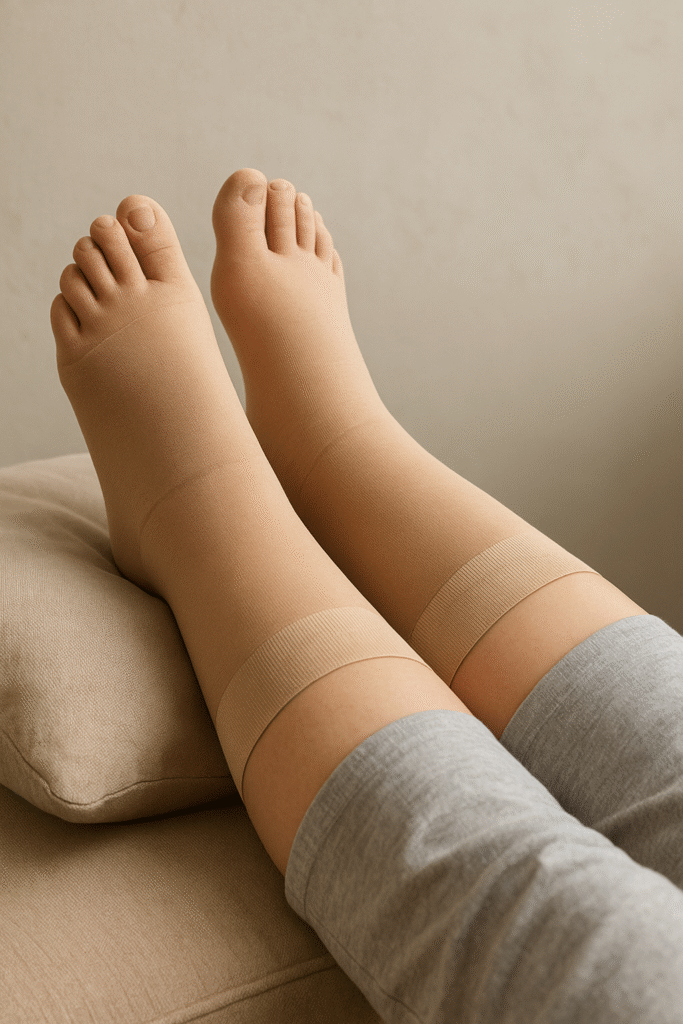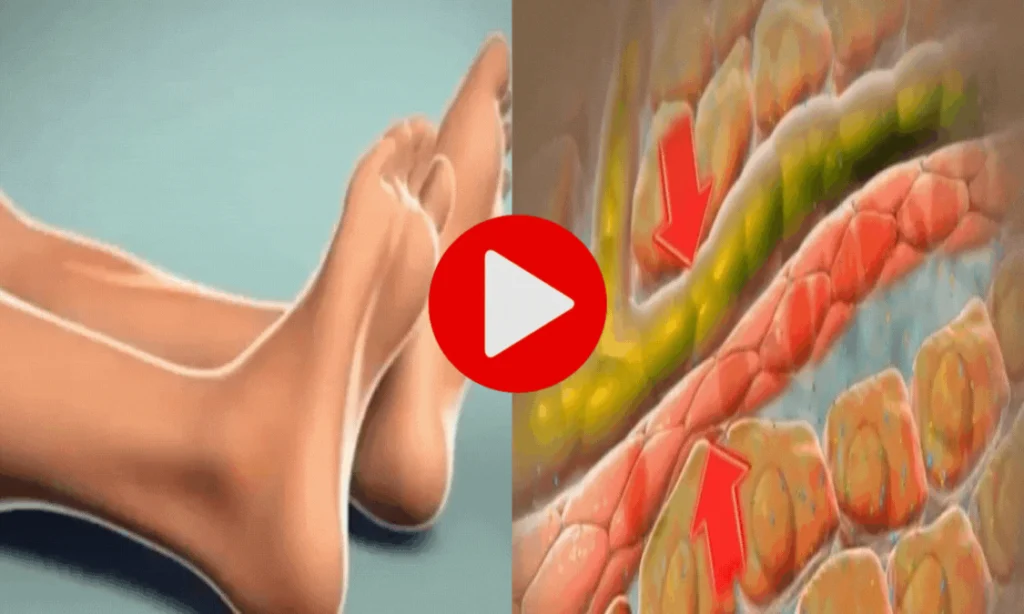How to Get Rid of Swollen Ankles (5 Tips w/ Home Remedies)

Are you tired of dealing with swollen, puffy ankles that make every step painful and leave you feeling self-conscious? Swollen ankles, often caused by fluid retention, poor circulation, or an underlying issue with your body’s natural drainage system, can rob you of your mobility and confidence. The good news? You don’t have to rely on uncomfortable compression socks or risky medications to find relief. In this article, we’ll share 5 practical tips with home remedies to help you reduce ankle swelling and feel lighter on your feet. Plus, we’ll reveal how you can discover a breakthrough solution to stop swelling for good by watching a short video.
Why Do Ankles Swell?
Swollen ankles are often a sign that your body is struggling to manage fluid levels. This can happen due to a variety of reasons, such as prolonged standing, poor lymphatic drainage, or even a hormonal imbalance that causes your body to hold onto excess fluid. Left unaddressed, this swelling can lead to discomfort, reduced mobility, and even more serious health concerns. But don’t worry—these simple home remedies can help you start reducing that puffiness today.
Important: Consult a doctor before starting any treatment for swollen ankles and stop use if the swelling or discomfort worsens.
5 Tips to Get Rid of Swollen Ankles Fast
1. Elevate Your Legs
Raising your legs above heart level for 15–30 minutes a day can help gravity drain excess fluid from your ankles. Try lying down with your legs propped up on pillows or against a wall. This simple trick encourages better circulation and reduces the pooling of fluid in your lower extremities.
2. Stay Hydrated
It may sound counterintuitive, but drinking more water can help flush out retained fluids. Dehydration can signal your body to hold onto water, worsening swelling. Aim for 8–10 glasses of water daily to support your body’s natural fluid balance.
3. Move Your Body
Gentle movement, like walking or ankle rotations, can boost circulation and prevent fluid buildup. Even a 10-minute walk around your home or simple stretches can make a big difference in reducing ankle puffiness.
4. Try a Natural Diuretic
Certain foods, like cucumbers, celery, or watermelon, act as natural diuretics, helping your body eliminate excess fluid. Add these to your diet to support your kidneys and reduce swelling naturally.
5. Massage for Lymphatic Drainage
Gently massaging your ankles and legs in an upward motion can stimulate lymphatic drainage and reduce fluid retention. Use a light touch and consider adding a natural oil, like coconut oil, for a soothing effect.
The Hidden Cause of Swollen Ankles
While these home remedies can provide temporary relief, they often don’t address the root cause of persistent swelling. Recent research, including studies from Georgetown University, points to a hormone called arginine vasopressin (AVP), sometimes called the “pee hormone,” as a key culprit. When overproduced, AVP causes your body to retain fluid, leading to swollen ankles, legs, and feet. This fluid buildup isn’t just water—it can carry toxins, making the problem more than just cosmetic.
The good news? There’s a simple, natural way to regulate this hormone and drain trapped fluids from your ankles for long-lasting relief. Want to learn how? Watch this short video to discover a 7-second fluid release technique that’s helping thousands reclaim their mobility and say goodbye to swollen ankles for good.
Limited-Time Access Notice
This video may disappear soon due to high demand. Act now—your path to swelling-free ankles is one click away.
Disclaimer: The swollen ankles and feet remedies and 7-second fluid release technique described are intended to support fluid drainage and may not work for everyone. They are not a substitute for professional medical advice, diagnosis, or treatment. Consult your doctor before starting any remedy or health regimen, especially if you have swelling, edema, or related health issues. Results vary, and no guarantees are made regarding outcomes. Always seek medical guidance for persistent symptoms.
